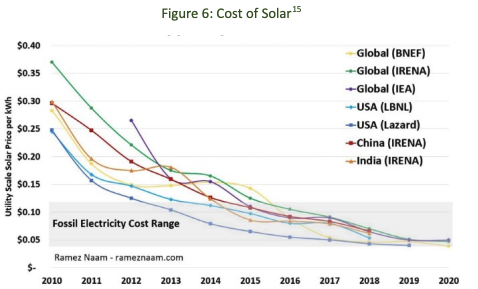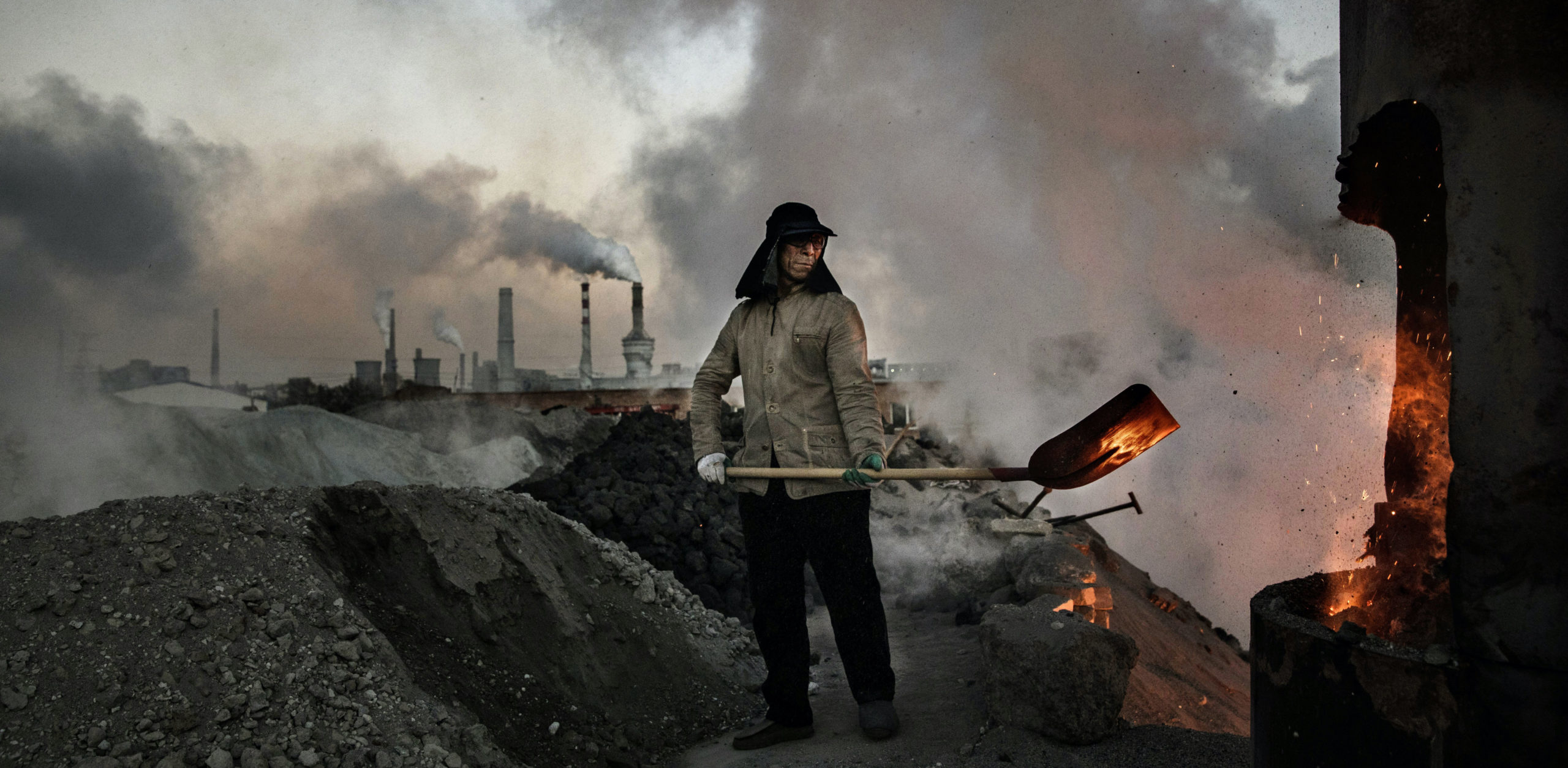China burns a lot of coal. And for climate ‘sceptics’ in the West that’s been the perfect excuse for not doing anything to cut our own carbon emissions. What’s the point, they’ve often argued, when the Chinese are building a new coal-fired power station every fortnight?
The anti-greens were actually missing a trick. Because as well as building coal-fired power stations at home, China has also been financing their construction abroad — through its gargantuan Belt and Road Initiative (BRI).
So, with that sort of fire power aimed at the climate, do we just give up and wait for the world to cook?
No, because there’s reason for hope. For a start, Chinese carbon emissions per head have levelled-off in the last few years (and are still well below those of the US). And as for those overseas projects, something extraordinary is happening there too.
According to a briefing paper by Christoph Nedophil Wang of the Green BRI Centre in Beijing, many of the power stations that were being funded under the Belt and Road Initiative have been shelved or cancelled altogether:
Even before the pandemic there appeared to be a turn against coal investments.
Doubts about the BRI itself may be part of the reason why. Another is mounting international pressure. For instance, the G7 countries recently agreed to stop bankrolling overseas coal projects.
But perhaps the most important cause is summed up by the following chart (from Nedophil Wang’s paper). It shows the falling cost of solar power over the last decade.

It’s still falling, but the turning point was around the middle of the last decade when it became cost competitive with fossil fuel electricity. Strangely enough, this was also when China’s retreat from funding coal-fired power stations began.
‘Climate diplomacy’ is important. Believe it or not, investors do notice when politicians sign up to targets on reducing emissions.
However, long before the ink has dried on these international agreement — indeed, long before they’ve even been proposed — market forces can go to work. If clean energy can out-compete fossil fuels then it doesn’t matter so much if the Chinese government drags its feet or if the Americans throw a hissy fit and walk away from the negotiating table.
It would be wonderful if countries and corporations always acted in the long-term interests of the common good. However, the best guarantee that they will is their own immediate bottom line.
If it stops dirty coal, I don’t mind if dirty cash does the talking.











Join the discussion
Join like minded readers that support our journalism by becoming a paid subscriber
To join the discussion in the comments, become a paid subscriber.
Join like minded readers that support our journalism, read unlimited articles and enjoy other subscriber-only benefits.
Subscribe